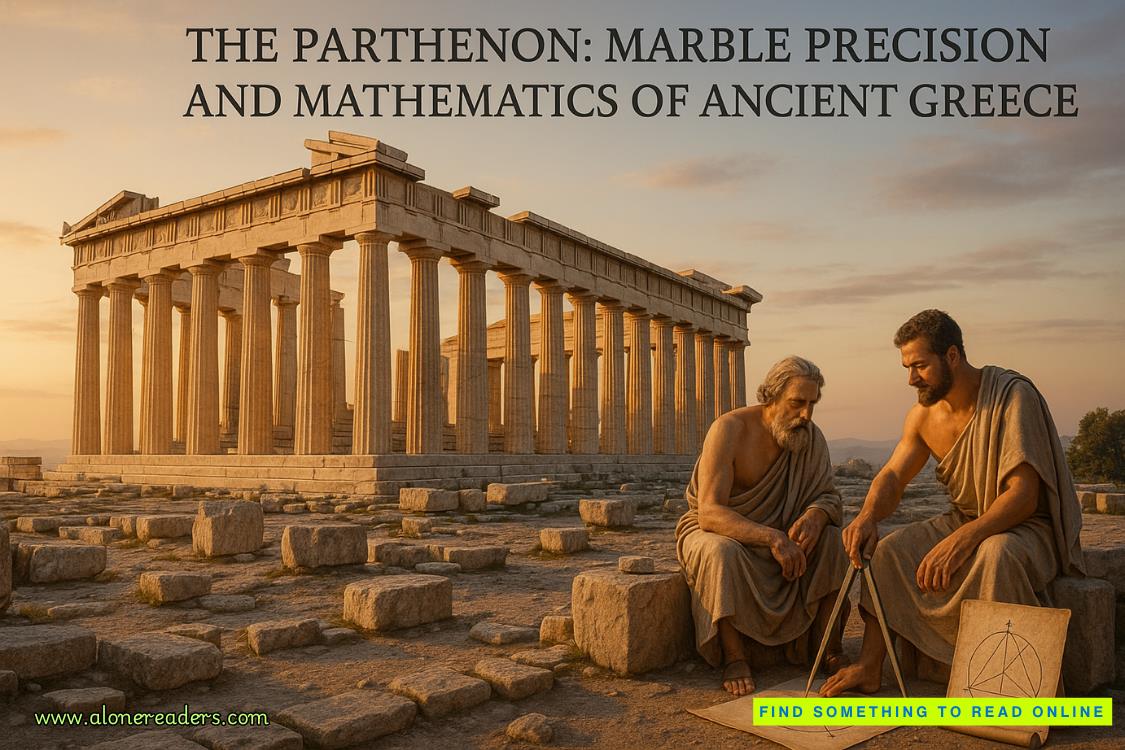Page 20 of Spearcrest Prince
My thoughts about the problem that is Anaïs Nishihara, her blue sequined skirt, her bare feet and the memory of her nipples tightening underneath my fingertips. Anaïs Nishihara calling me a “gros bourgeois” and disrespecting me in front of Iakov and having the audacity to still be engaged to me.
Almost two weeks have passed since the incident at the club. After that night, I don’t know what I expected. A confrontation, an altercation—something.
But nothing’s happened.
“Mr Montcroix—penny for your thoughts. Photography asmemento mori?”
I look up with a sigh. With his tieless suit and carefully tousled hair, he tries so hard to appear cool—not like the other teachers. He raises his eyebrows at me, fixing me with an insincere smile.
“Sure,” I say.
He doesn’t seem happy, but he’s also not up for dragging something out of me. He knows by now I’m not the kind of student to get involved in classroom discussions. The relationship between me and my camera and whatever’s on the other side of my lens is my own business.
He’s wrong anyway.
Photographs aren’t a reminder that we’re going to die. Photography has nothing to do with death. Or even life. Like most things humankind concerns itself with, photography has everything to do with power.
The power to capture something. It’s the photograph, not the person being photographed, that will remain. The photographer doesn’tparticipatein the other person’s mortality, vulnerability, or mutability. Theycaptureit. Theycontrolit. Theyownit.
Weston wants us to believe he loves photography because it’s an act of connection, butIlove photography because it’s the contrary.
It’s an act of separation, of possession, of conquest.
I remember the sight of Anaïs in the middle of the dancefloor, with the large sequins of her skirt catching the shifting lights. The glitter smeared on her temples and eyelids, that beatific expression, those awkward, gangly arms lifted up like branches shaking in a rough wind. Back then, I’d wished I had my camera with me.
If I had managed to capture that image, would things have been different? Would I have been able to capture something of hers, keep a bit of her for myself? It would have been better than nothing since nothing is all I’m getting from her at the moment.
How can someone who’s supposed to be mine be so elusive?
“Now for your assignment.”
I shake myself from my thoughts and refocus my attention on Weston’s voice. He might come up with a lot of trite rubbish, but I still have every intention of passing his class with flying colours. When it comes to academia, I’m not like Evan, who thinks the bare minimum is good enough, or Iakov, who lives his life as if death is his shadow and nothing matters except outrunning it.
I actually take my studies seriously, and I have no intention of leaving Spearcrest with anything less than straight As.
“I would like you to take a portrait based on the idea ofmemento mori. You can take as many pictures as you’d like, but you’ll present only a single portrait, and it should be accompanied by a 3,000-word essay. Your essay should show a thorough exploration of the theme, as well as a clear and developed explanation of your portrait.”
Memento mori. How uninspired.
What’s worse is that you can tell Weston is really proud of himself for having come up with this. I sweep the classroom with a glance: from the rapturous expressions of the other students, he’s not the only one who buys his bullshit. I suppose this sort of influence on others is to be admired.
After all, it’s not so different from the influence the rich and wealthy wield in high society, the way they fawn over each other’s highbrow sensibilities.
“For this assignment, I have the pleasure of announcing that we will be upholding a great Spearcrest tradition by combining the photography and fine arts classes. Photography and fine art are cousins—their relationship is old, intimate and sometimes fraught with conflict, but it is ultimately a close relationship. Each of you has been paired up with a fine arts student tasked with the very same assignment as you: except that their portrait will be drawn rather than photographed.”
The wave of excited murmurs that follows his announcement sends a self-satisfied smile to his face. Weston ushers us out of the photography classroom and to one of the fine arts studios down the corridor. Apparently, we’ll be sharing their space while we prepare for our assignment.
This new development doesn’t bother me. At least we don’t have to listen to Weston’s self-aggrandising philosophising for an hour. Besides, the fine arts girls tend to all be cut from the same cloth: airy, flowery girls with names like Felicity or Clementine. Girls who listen to the kind of music their grandfathers listened to and speak in social media poetry and take themselves a little too seriously—but I don’t mind that.
Because with those girls, you at least know where you stand.
Unlike that creature of chaos and sequins, Anaïs Nishihara.
Who, of course, is a fine arts student.
I walk into the art studio and spot her immediately. Not because she’s the most beautiful girl in this room but because she’s the only girl who doesn’t look up when the photography students enter the room.
She sits cross-legged even though she’s perched on her stool, her long legs folded awkwardly underneath her like those of some ungainly bird. Her shoulder-length black hair falls like a curtain to cover her face, but it’s not hard to see what she’s looking at because she’s hunching over the pages of a sketchbook, scribbling dreamily.















